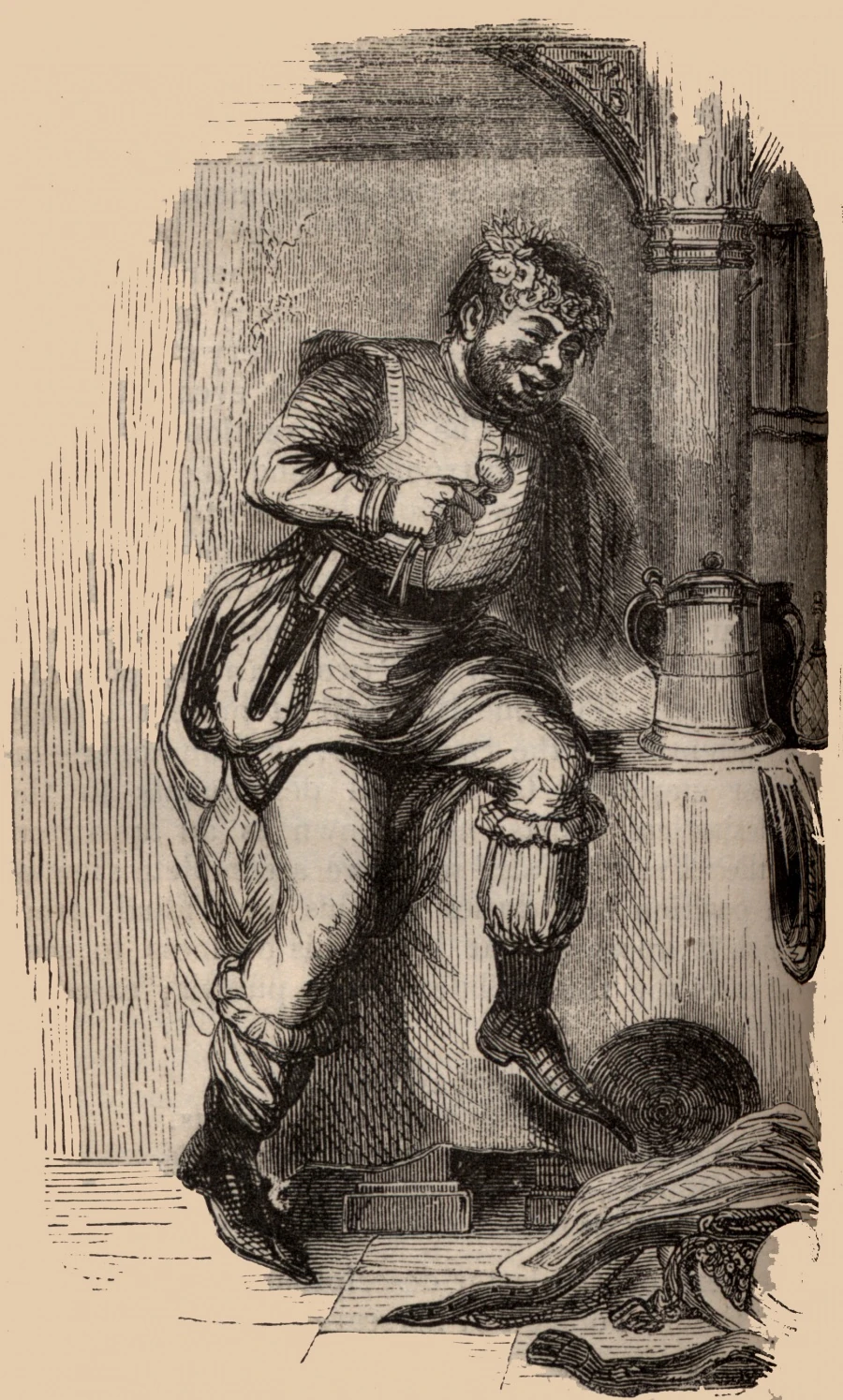Growing up as a middle
child, I’ve epitomized the term “middle child syndrome.” I owe most of this to
my older brother, the giver of hand-me-downs, the “angelic” child, the mighty
one: in other words, I am the Miranda to his Carrie Bradshaw (or the Charlotte
to his Lizzie Bennett if you want to talk about this in literary terms). Though
my parents, bless their souls, never made me feel as though I was less,
teachers, family members and even friends, typically overlooked me for my
brother; however, a psychic once told me that I had a black soul so perhaps
that was a deterrent, but I digress. Through my experience as a female middle
child, I am compelled to associate that experience with my exposure to feminism
and female prejudice. It’s a little strange, but most of my analysis stems from
feminism, and how different texts depict women. I think this fascination
(though some may call it obsession) is why the Wife of Bath’s
Prologue and Tale in Geoffrey
Chaucer’s The Canterbury Tales intrigues me.
When
I first read
The Wife of Bath’s Tale in
high school my first thought was something along the lines of: “What did I just
read?” yet, as I read, and re-read, this section in Chaucer’s frame narrative,
I began to develop an appreciation for the woman. Confidently stating,
“Yblessed be God that I have wedded five!” (44) The Wife begins by addressing
societal perceptions of marriage, and possesses an authority I wish I had. One
of my favorite parts of her prologue is the break down husband-by-husband, of
which “thre men of hem were goode and two were bade” (196).
The most provocative husband (and sleazy) is
the fifth, and his physical abuse over a book (A BOOK, PEOPLE) partially
deafens her (668). In close proximity to this account, The Wife of Bath then
references Crisipus, Trotula, and Tertulan, women that defied the social dogma.
These women that defy the female
archetype of 14
th century are similar to the females that defied the
female roles of the late 19th
h century and early 20
th
century, such as
Susan B.
Antony and Elizabeth Cady Stanton at the
Seneca Falls
Convention. Though the Wife of Bath is not literally advocating social
change, she is addressing issues of gender, sexuality, and the rights a wife
possesses, such as financial rights. Her use of her body is not insinuated, she overtly discusses her sexual organs, and the pleasure they bring.

This prologue, and tale, offers a
plethora of females: the smart, the promiscuous (and gap toothed), the mystical
and obedient. The Wife of Bath is unapologetically woman, and she does not
apologize for her sex, her many husbands or the fact that she “nyl nat enye no
virginitee” (142).
Though the females
featured in the prologue are either well-known fictional or historical figures,
the Wife of Bath creates the women presented in her tale. With her development
of these female characters, I cannot help but to think of things such as the
woman question, or
Miley
Cyrus and her absurdity (sorry for any Cyrus fans out there).
Cyrus, who may seem like an odd choice to
compare the Wife of Bath to, uses her feminist perspective to advocate for
things such as gay rights, sexual freedom and not shaving your armpits (also
known as “lets make everyone European”). The Wife of Bath’s characterization reflects
Cyrus’ advocacy because they are both challenging social norms: the Wife of
Bath’s unapologetic stance on sex, and her lustily disposition, is extremely
forward, and Cyrus’ performance, and display of her body, delivers a similar shock value.
I
am consumed by the idea that The Wife of
Bath’s Prologue and Tale reflects social anxieties in regards to females. I
wonder how much of the Wife of Bath is meant to shock, and the how much is
intended to scare. Though the Wife of Bath is a comical, almost absurd
character with her descriptions and notions, she does convey the social
climate. Her dialogue reminds me of contemporary discussions pertaining to
female space, and her collection of husbands makes me wonder how she could deal
with so many men, and how any time period would misconstrue a serial-bride as a
black widow, a woman that kills her husband(s).
In her tale, the Wife of Bath discusses the Knight, who raped a young maiden, and later saved by an "old" woman. The tale highlights female appearance, and how society measures female value: virginity, as mentioned in the prologue, or beauty, as pointed out in the tale. This mimics themes seen in classic Disney movies, specifically Snow White and the purity of her pale, beautiful skin. Commodifying women, and using their beauty and virginity as trade, appears to be an issue that has especial longevity. The transformation of the Wife of Bath's old hag into a beautiful woman is reminiscent of the Evil Queen's metamorphosis in Snow White, and positions the female body as a tool for deceit.






